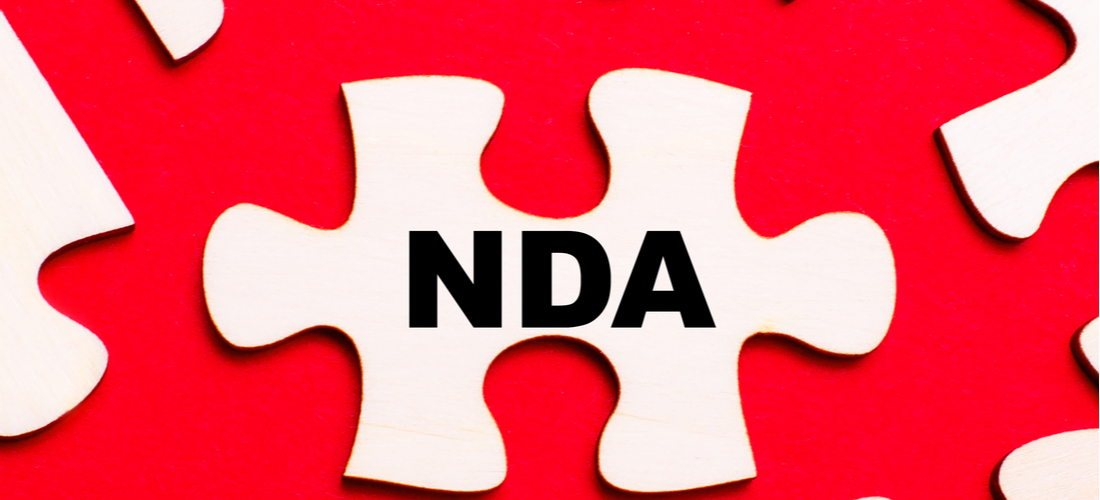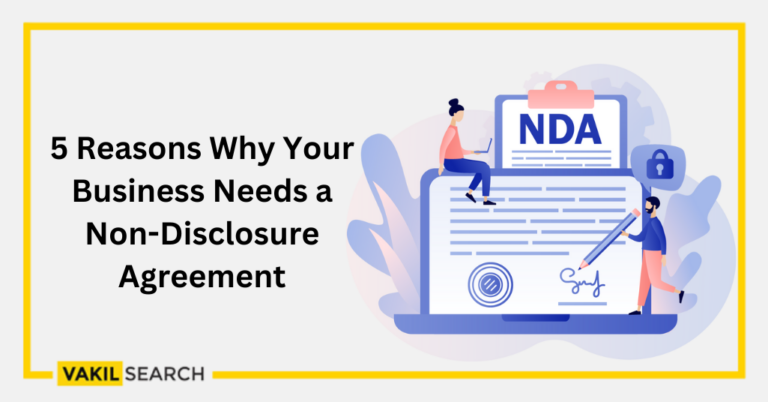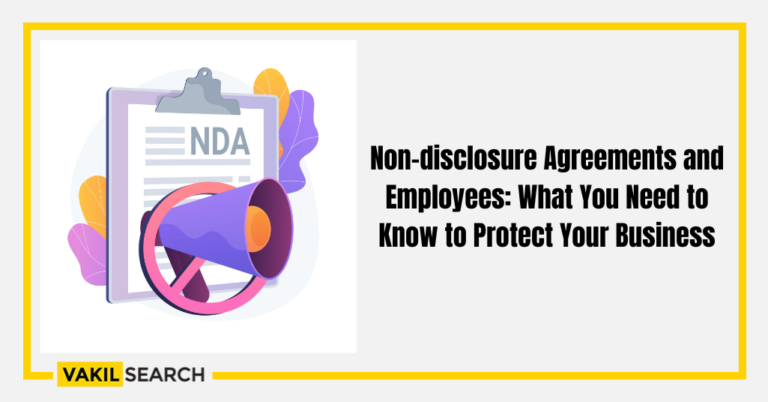This blog gives information about the Time Period or Duration of the non-disclosure agreement.
There are various situations in a company where you will be required to disclose private information with some other company. The risk of your data being exploited or revealed rises at this point. To avoid being in this predicament, ensure that the other person is bound by secrecy.
You can sign a deal to guarantee the confidentiality of your private information. Absolutely, establishing a contract obligates other companies to preserve the data you offer and relieves you of all concerns.
As a result, a Non-Disclosure Contract, also known as a Confidentiality Agreement, is the best answer for keeping your information private.
Is a Non-Disclosure Agreement Usually needed?
- Do you want to Start a business or promote one?
- Do you work for a corporation that needs to keep its secrets safe?
- Do you have a meeting with a corporation as an innovator?
- Do you need to hire a consultant or independent contractor?
If you respond yes to any of the above questions, you’ll need a non-disclosure contract or pact. You can get complete Information on Non Disclosure Agreement Format Online in no time.
A Non-Disclosure Contract’s Aim
A non-disclosure pact serves a dual purpose: secrecy and safety.
- A confidentiality clause can protect information associated with product specifications from customer data.
- An NDA can protect economic models, lab tests, and even heavily censored media releases or customer reviews.
An NDA establishes the lawful status for preventing the theft or disclosure of data and concepts to rivals or external stakeholders. Contravening an NDA can result in a variety of legal repercussions, including litigation, heavy fines, and even legal accusations. NDAs provide your company with a layer of security that covers even unintentional violations.
The Important Steps are –
1. Recognizing privileged information: NDAs classify data by drawing a line between what is secret and what can be revealed. This permits parties to work independently within the secrecy agreement’s boundaries.
2. Safeguarding confidential data: Signing a nondisclosure agreement (NDA) provides a legal responsibility to keep top secret information confidential. Any disclosure of the information is a legal violation.
3. Intellectual rights protection: An NDA might shield an innovator as they develop their innovative products or idea because public disclosure of a prospective invention can often destroy patent laws.
Essential Elements of Non-Disclosure Contracts in India
- Participants’ Identification – The objective of this section, often known as “contracting party,” is to track down people or organizations who are participating in the non-disclosure pact. It uses contact information to identify the revealing party and receiver. Lawyers, auditors, and business associates are examples of appropriate persons.
- Descriptions – This part of the Agreement outlines the variety of information covered by the act and specifies procedures for handling it. It provides a solution to the issue of what data is hidden.
1. Rights – An Agreement not only spells out the particular actions that each participant is expected to take, but it also spells out the repercussions of violating the contract.
2. Context – An NDA’s validity is ensured by a clearly defined scope. Using broad phrases like “confidential communications” is insufficiently detailed and will not hold up in court. The scope must indicate what information the Agreement protects.
3. Validity – Most nondisclosure contracts do not continue indefinitely, and many privacy laws indicate precisely how long-secret information must be kept hidden. Even those with an extended timespan will usually state when information is not properly secured.
4. Solutions – There are multiple choices for intervention or solutions. A protection order, penalties, and other actions for breach of confidentiality and intellectual property laws, trademark, or trademark laws are all possibilities.
5. Order of protection or Damages Compensation – If a non-disclosure contract is violated, the offended party can claim the person who broke it for penalties. The offended party may also seek an intervention prohibiting future use of private information.
6. Clause of dispute settlement – A language regarding out-of-court compensation and methods such as discussion or conciliation with an external partner must also be included in the non-disclosure contract.
You Can also get more Information on Master Service Agreement Online.
Non-Disclosure Agreement Advantages
- A Non-Disclosure Contract safeguards the participants’ sensitive information.
- Decreases the chances of losing important data.
- Provides protection to the entity that is revealing information.
- Offers legal assistance in the event of a copyright violation.
- In today’s competitive business environment involving a large number of participants, a nondisclosure contract (NDA) is highly beneficial.
An NDA Guarantees
- Maintain your attention and fairness.
Only commitments to keep material secret should be included in a non-disclosure pact. Non-solicitation and non-compete provisions are likely to be contested by the contracting party.
- Are straightforward.
An Agreement should ideally fit over one sheet. Use simple, straightforward language that focuses primarily on transparency.
- Use templates with caution.
NDA agreements for the entire business are useful, but each use situation is different. Examine the secrecy contract to make sure the terms, rights, and precautions it outlines are appropriate for the context.
- Understand the words.
Specific legal provisions, transition, and harm avoidance clauses are not always required. They may also demand additional clarification.
India’s Non-Disclosure Agreement Law
In India, the Indian Contract Act, 1872 regulates non-disclosure contracts. A non-disclosure agreement is a legal contract between multiple parties agreeing not to divulge secret information stated in a special protocol.
Non-disclosure clauses are also included in work contracts and property rights deals.
In India, a non-disclosure deal’s legitimacy is contingent on it being certified. Only if a non-disclosure contract is filed under the Regulation Act, it is legal and enforceable.
To be legally binding in India, a non-disclosure contract must be signed. Sealing is a required step for any paperwork to be legitimate in the legal sense.
Conclusion:-
In India, a non-disclosure contract acts as a shield to safeguard the parties’ private information. This form of contract can be used in a variety of situations when people are engaged in economic transactions.
Non-disclosure contracts are also applicable in India in cases where workers and employers have a connection. As a result, non-disclosure contracts in India can be employed in situations where sensitive data is shared. If the material is considered secret, the parties have the option of signing a non-disclosure pact.
Read more:-










